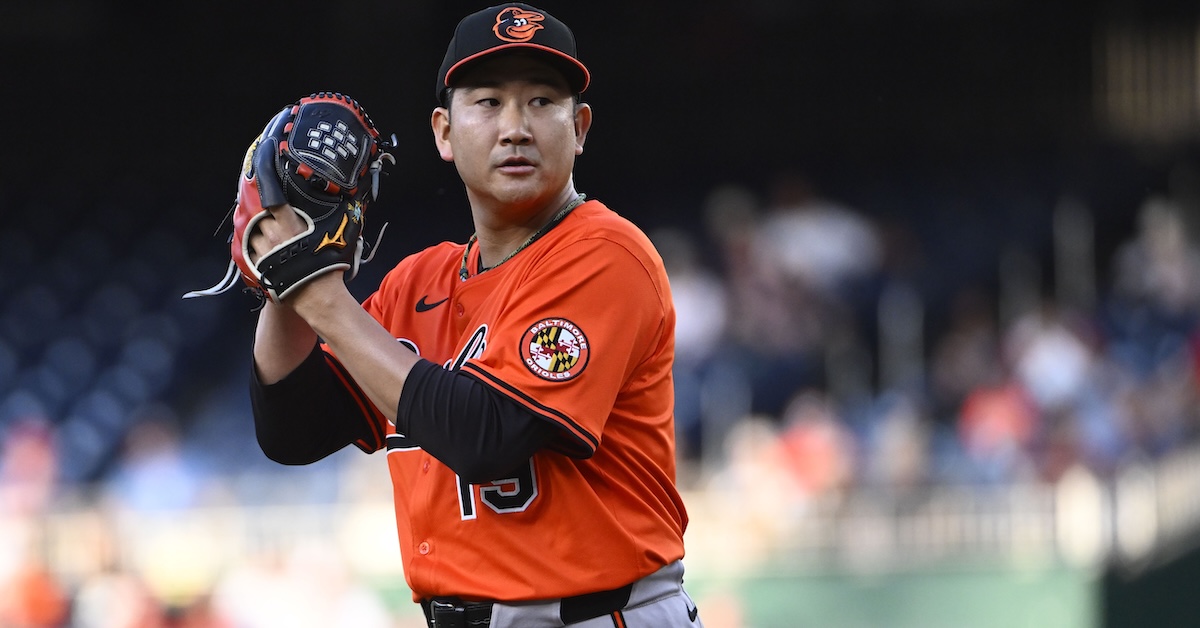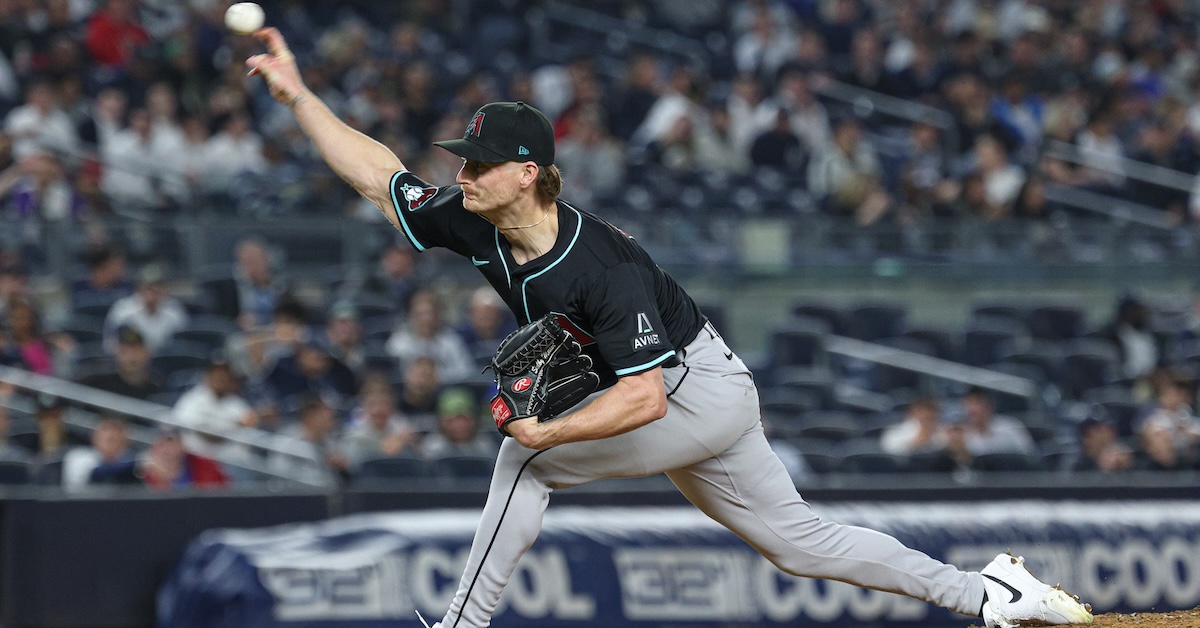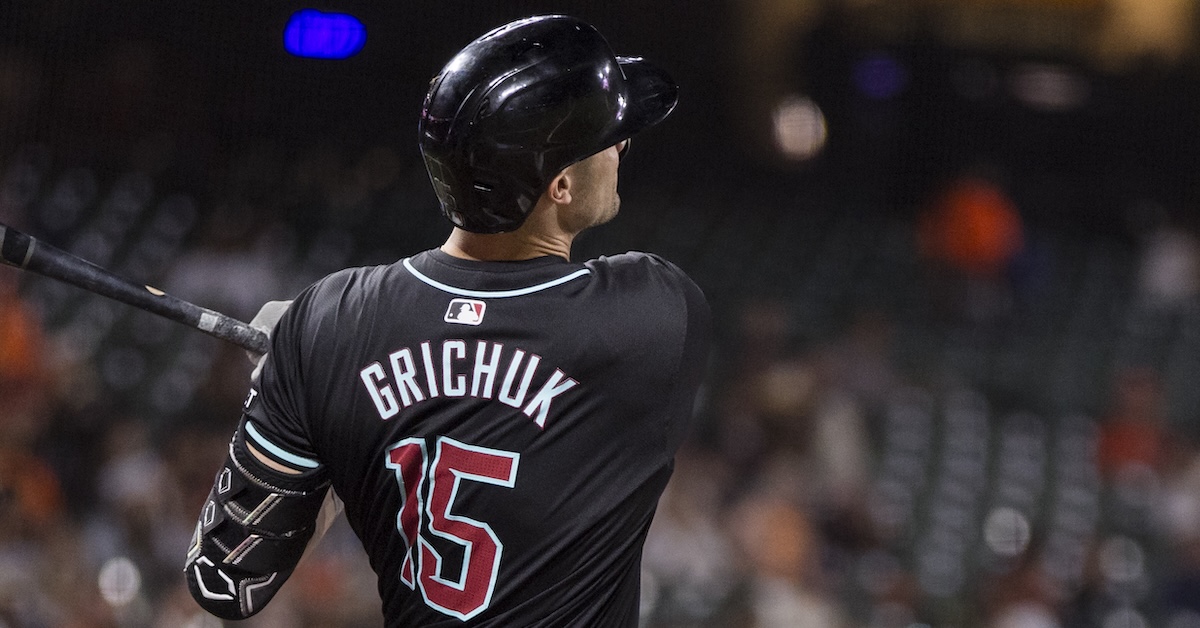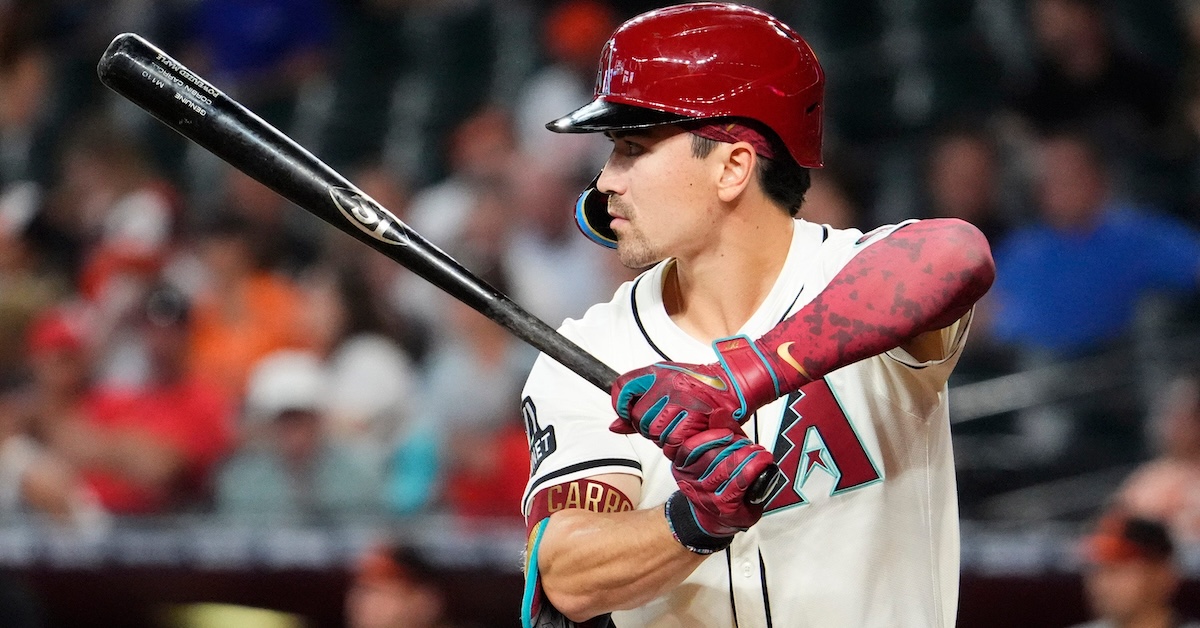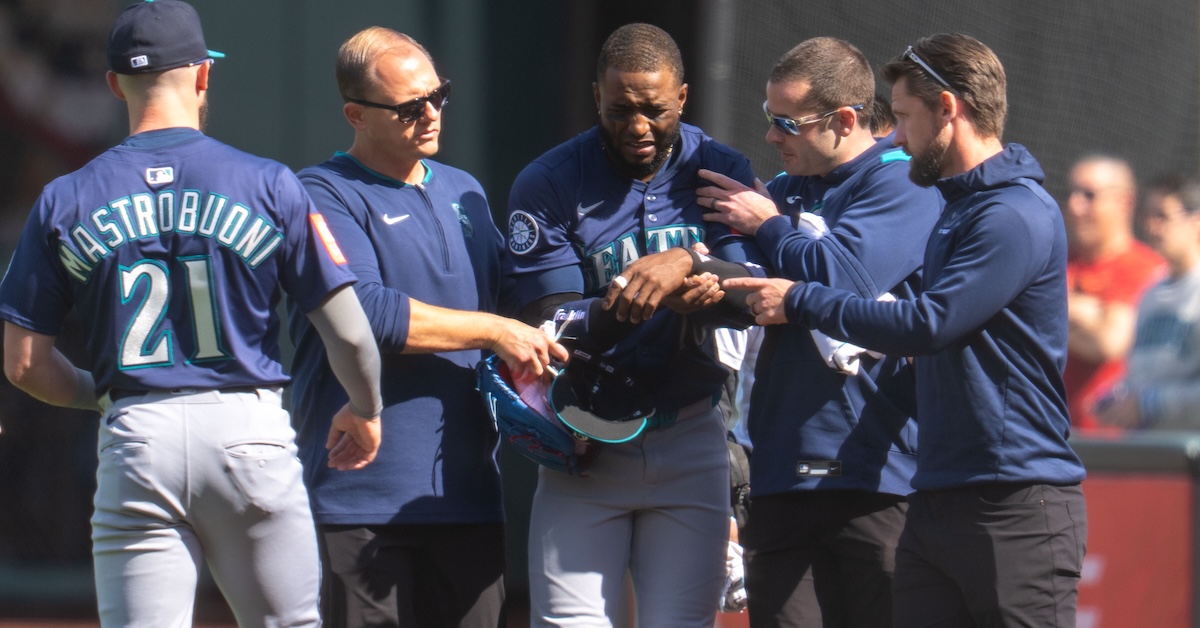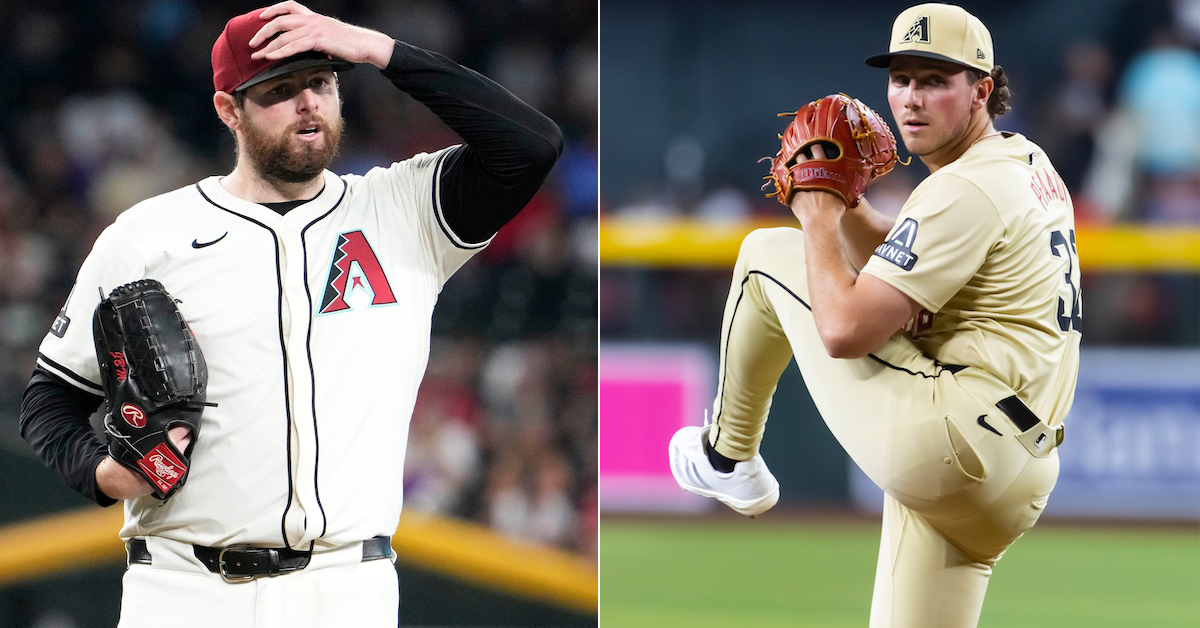Eugenio Suárez Joins the Four-Homer Club, Albeit in Defeat

Eugenio Suárez had himself a night. On Saturday at Chase Field against the Braves, the Diamondbacks third baseman homered four times, becoming the 19th player in major league history to do so in a single game. The fourth of those shots tied the score in the bottom of the ninth, but unfortunately for Suárez and Arizona, his incredible performance wasn’t enough. The D-backs lost in 10 innings, 8-7.
The 33-year-old Suárez is the first player to homer four times in a game since another Diamondback, J.D. Martinez, did so against the Dodgers on September 4, 2017. Suárez is just the third player ever to homer four times in a losing cause — it happened just once over a 128-year stretch — and only the second to make just four plate appearances in his four-homer game.
| Player | Team | Opp | Date | Result | PA | H | HR | RBI | TB | |
|---|---|---|---|---|---|---|---|---|---|---|
| Bobby Lowe | BSN | CIN | 5/30/1896 | W, 20-11 | 6 | 5 | 4 | 9 | 17 | |
| Ed Delahanty | PHI | CHC | 7/13/1896 | L, 9-8 | 5 | 5 | 4 | 7 | 17 | |
| Lou Gehrig | NYY | @ | PHA | 6/3/1932 | W, 20-13 | 6 | 4 | 4 | 6 | 16 |
| Chuck Klein | PHI | @ | PIT | 7/10/1936 | W, 9-6 (10) | 5 | 4 | 4 | 6 | 16 |
| Pat Seerey | CHW | @ | PHA | 7/18/1948 (1st) | W, 12-11 (11) | 7 | 4 | 4 | 7 | 16 |
| Gil Hodges | BRO | BSN | 8/31/1950 | W, 19-3 | 6 | 5 | 4 | 9 | 17 | |
| Joe Adcock | MLN | @ | BRO | 7/31/1954 | W, 15-7 | 5 | 5 | 4 | 7 | 18 |
| Rocky Colavito | CLE | @ | BAL | 6/10/1959 | W, 11-8 | 5 | 4 | 4 | 6 | 16 |
| Willie Mays | SFG | @ | MLN | 4/30/1961 | W, 14-4 | 5 | 4 | 4 | 8 | 16 |
| Mike Schmidt | PHI | @ | CHC | 4/17/1976 | W, 18-16 (10) | 6 | 5 | 4 | 8 | 17 |
| Bob Horner | ATL | MON | 7/6/1986 | L, 8-11 | 5 | 4 | 4 | 6 | 16 | |
| Mark Whiten | STL | @ | CIN | 9/7/1993 (2nd) | W, 15-2 | 5 | 4 | 4 | 12 | 16 |
| Mike Cameron | SEA | @ | CHW | 5/2/2002 | W, 15-4 | 6 | 4 | 4 | 4 | 16 |
| Shawn Green | LAD | @ | MIL | 5/23/2002 | W, 16-3 | 6 | 6 | 4 | 7 | 19 |
| Carlos Delgado | TOR | TBD | 9/25/2003 | W, 10-8 | 4 | 4 | 4 | 6 | 16 | |
| Josh Hamilton | TEX | @ | BAL | 5/8/2012 | W, 10-3 | 5 | 5 | 4 | 8 | 18 |
| Scooter Gennett | CIN | STL | 6/6/2017 | W, 13-1 | 5 | 5 | 4 | 10 | 17 | |
| J.D. Martinez | ARI | @ | LAD | 9/4/2017 | W, 13-0 | 5 | 4 | 4 | 6 | 16 |
| Eugenio Suárez | ARI | ATL | 4/26/2025 | L, 7-8 (10) | 4 | 4 | 4 | 5 | 16 |

